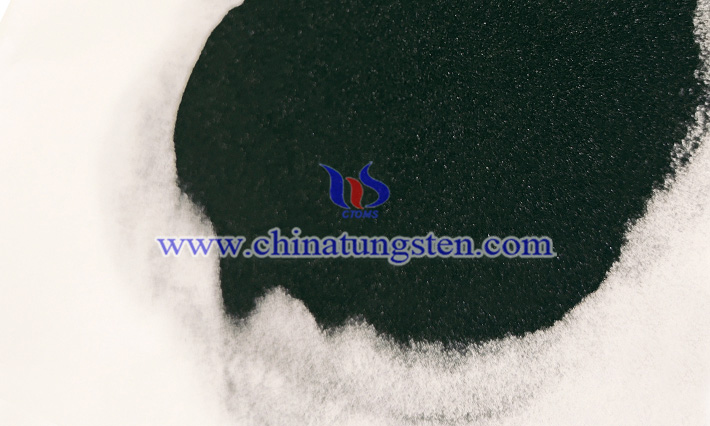Hexagonal Cesium Tungsten Bronze Applied for Near Infrared Shielding Material
- Details
- Category: Smart Glass
- Published on Thursday, 20 February 2020 15:24
- Written by Yahong
- Hits: 2389
Hexagonal cesium tungsten bronze, as a near infrared shielding material, is more and more widely used to prepare heat insulation film or thermal insulation coating for applying to glasses of buildings and automobiles. According to the experts, the mechanism of low-energy optical absorptions in cesium tungsten bronze is still a matter of controversy, although plasmon and polaron mechanisms have been proposed as a dominant cause. So, they studied hexagonal cesium tungsten bronze nanoparticles to find the systematic analysis results on structural and optical changes with varied amount of oxygen vacancy (VO) and alkali content.

More details, please visit:
http://cesium-tungsten-bronze.com/index.html

Chemical analysis of the cesium tungsten bronze samples synthesized under a reducing gas flow revealed that their exact composition is described as CsxWO3-y. With increasing Cs+ and VO, lattice constants determined by XRD Rietveld method changed linearly and optical absorption peaks observed at 0.5-2.0 eV were found to intensify. The origin of the structural change is considered to be the destabilization of the pseudo Jahn-Teller distortion in WO6 octahedra. The optical peaks were analyzed by the Drude-Lorentz analysis assuming coexisting anisotropic plasmon resonances and a polaron excitation, and by the Mie integration method to incorporate the ensemble inhomogeneity effect of nanoparticles. This procedure enabled complete deconvolutions of the optical peaks, which indicated that the polaron absorption was caused by the localized electrons derived from VO.
- Tungsten Oxide Manufacturer & Supplier, Chinatungsten Online: www.tungsten-oxide.com
- Tungsten News & Prices of China Tungsten Industry Association: www.ctia.com.cn
- Molybdenum News & Price: news.molybdenum.com.cn
- Tel.: 86 592 5129696; Fax: 86 592 5129797; Email: sales@chinatungsten.com




 sales@chinatungsten.com
sales@chinatungsten.com